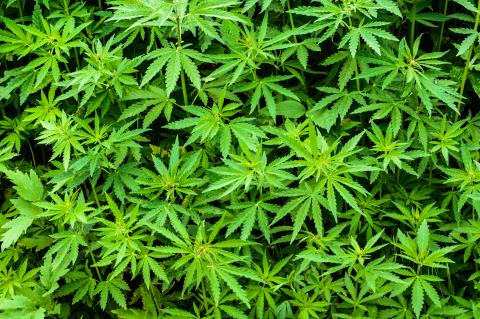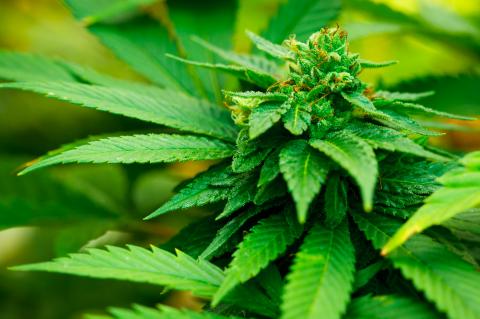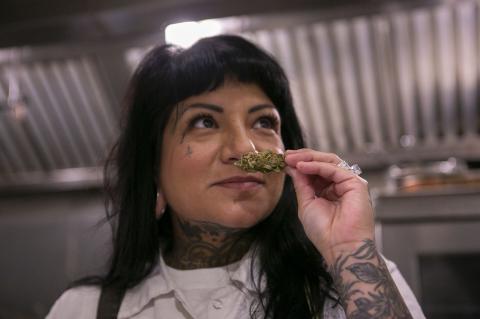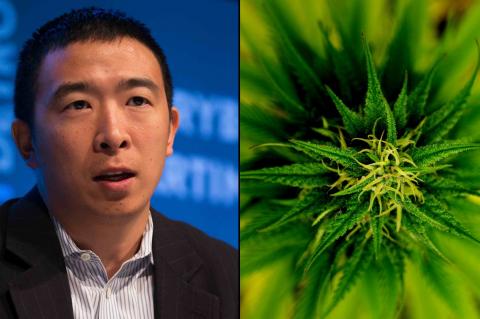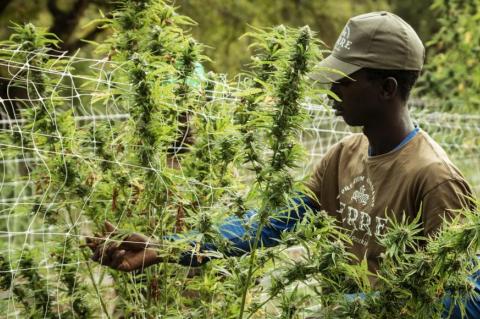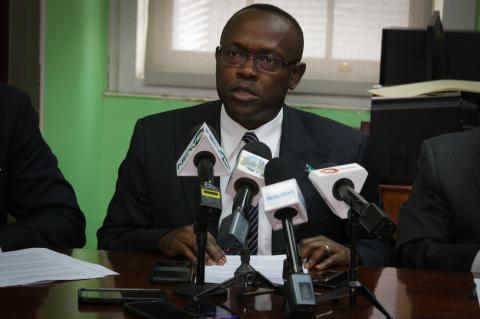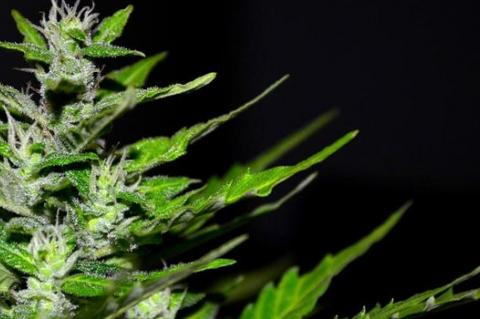Billing the country’s potential cannabis industry as a “billion dollar” business, Progressive Liberal Party (PLP) Deputy Leader Chester Cooper said the nation continues to miss out on the substantial stimulus of a regulated sector to countries such as Canada and the United States.
Addressing PLPs at the party’s headquarters on Farrington Road, Cooper said a PLP-administration, once elected, would be guided on the issue, like others facing the nation, by research, experts and public sentiment, and not any one view, including his own.
“When we talk about legalizing cannabis we are not going to have the business people like me in the room who truly believes this is a billion dollar industry and we are sitting on our hands while the Americans and the Canadians take advantage of it, but I am not going to impose my business view,” said the Exuma and Ragged Island MP, who has been vocal of his support for the legislation of medical cannabis and to decriminalize small amounts of recreational marijuana.
In the northern hemisphere, Uruguay and Canada have fully legalized cannabis.

In the United States, the marijuana is fully legal in 10 states and medical marijuana is legal is 33.
According to CARICOM’s Regional Commission on Marijuana, which recommended the declassification of the plant, The Bahamas could see a financial benefit of around $5 million from legalization domestically.
However, advocacy groups suggest the figure is closer to over $1 billion if considered beyond domestic use.
As he pledged to PLPs that the party will make decisions that are reflective of the best interest of the electorate after first listening to the Bahamian people, and the party’s committees, , Cooper suggested the leadership will not be dictatorial and impose its views into policy.
“We are going to have people who are psychologists, people who are lawyers, people who are reverends,” he said. “We are going to have a balance of our stalwarts in the room. We are going to have our young voters to ensure we have views that are representatives of the views of the Bahamian people.”
Cooper has previously called on the government to expunge the records of people convicted for possession of small quantities of the substance; and for a reexamination of the law concerning the quantity of the substance that meets the “intent to supply” threshold.
Speaking to Eyewitness News Online last week, Bahamas National Commission on Marijuana Quinn McCartney projected The Bahamas could see some form of regulation, not dissimilar to Jamaica’s heavily regulated model, within a short period of time.
He noted that the commission has yet taken a definitive stance on marijuana use in The Bahamas, but its report — expected to be submitted to the government in early November — will give the government options for various regulated models.
The report is expected to address the medical, industrial, economic, religious and ceremonial, and recreational use of cannabis, as well as research and development – codifying Bahamian attitudes on plant use.

